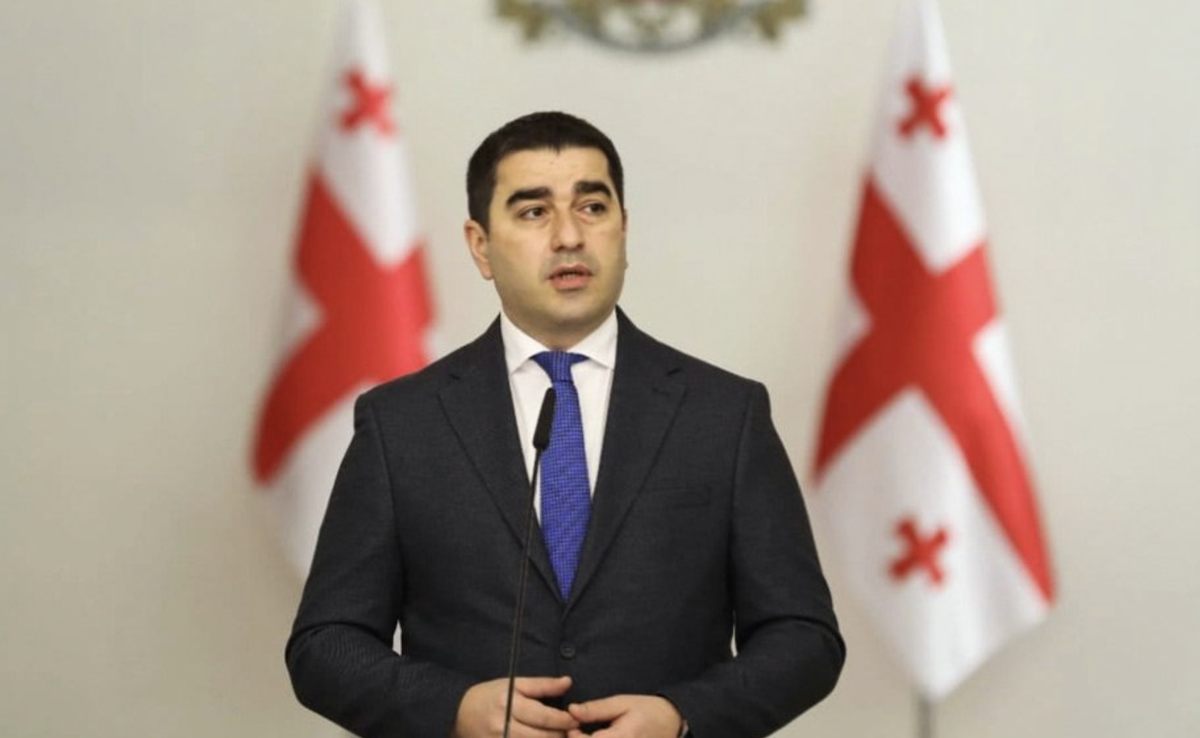Georgia and coronavirus: success or sheer luck?
Georgia has set itself apart from its neighbors in the region with its relatively low number of reported cases and deaths from coronavirus.
However, the numbers started to increase significantly during the first week of April. The spread of coronavirus is approaching a peak in the country. The first phase of the fight against the epidemic in the country was containment, which experts considered to be effective.
However, now the country is moving into a new stage – one that is much more difficult and dangerous. Various forecasts predict that the epidemic in Georgia will peak in April or May.
Marina Ezugbaia, Medical Director or the Tbilisi Infectious Disease Hospital, meets with journalists every day at 10:30 am and 7:30 pm at the hospital entrance to discuss the number of new coronavirus patients in the center and their condition, including whether it has improved or worsened.
As of April 23, there are 420 reported cases of coronavirus in the country. Four people have died, 107 have recovered.
Georgia as a “leader in response measures”
Georgia was one of the first countries in the region to introduce various prohibitions and restrictions due to the spread of the coronavirus.
The restrictions began on January 29, when Georgia cut off flights to China, where the infection was already in full swing.
- Coronavirus and the Church of the Last Days – why the Georgian church won’t cancel church services
- Oil and coronavirus – the troubles of the Azerbaijani economy
- How coronavirus forced Belarusian officials to be more communicative
On March 21, when the reported number of cases reached 48, the country declared a state of emergency. Public transport and train railway travel both completely shut down, and the number of people allowed in a private car or taxi at one time was limited to three. Any gatherings of more than three people was prohibited.

The curfew is in effect from nine in the evening until six in the morning, which means that people are prohibited from going outside during this time.
Several cities and municipal regions have periodically been put on lockdown during the quarantine.
Many criticize the steps the government has taken, some for the fact that strict rules are selective (for example, parishioners of churches are still gathering, there have been numerous funerals, etc.). And others say that the draconian measures taken doom people to starvation.
At the same time, many are pleased with the government’s work, as it successfully extended the containment period of the epidemic.
Georgian health workers have even earned applause from residents who are locked in their homes.
Health experts, including critics of the government, believe that the first stage of the fight against the virus in the country went very well and that Georgia was able to prolong this period as much as possible, which is very important.
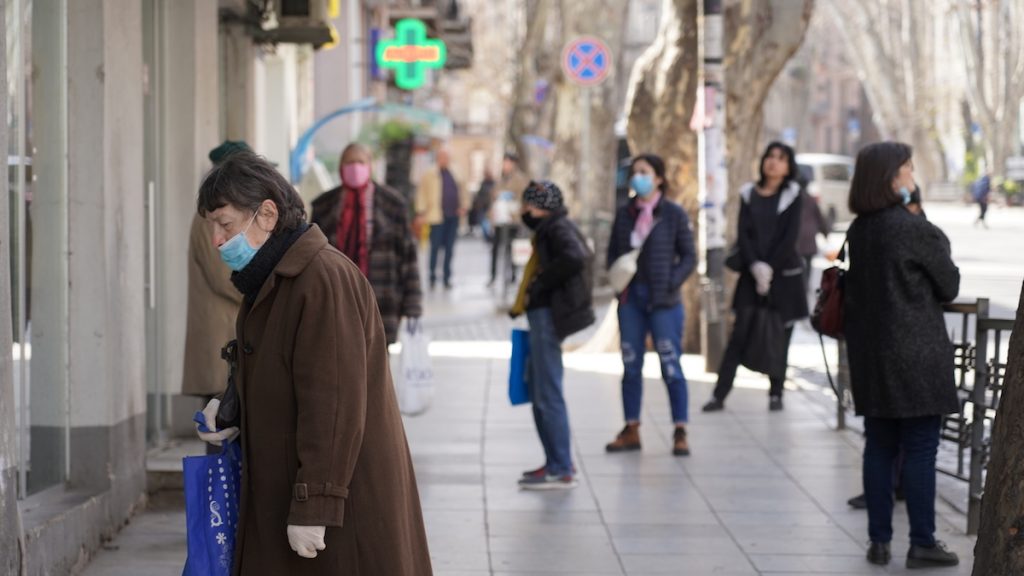
Specialists believe that there were three main factors involved in the success of the first stage:
First of all, Georgia took the threat seriously from the very beginning and did not hold out hopes that this was just another “common flu.” In this case, the fact that Georgia is a poor country with a rather problematic healthcare system has worked in its favor to some extent. In other words, the country worked according to the idea that “if this is what happened in Italy, then what will happen to us,” and therefore the country immediately started taking measures to protect its citizens from the epidemic.
The second factor is that throughout the process, members of the government faded into the background, including Minister of Health Ekaterina Tikaradze. The government entrusted this process to epidemiologists and specialists from the Center for Disease Control.
And the third, very important factor is the three-story glass building in the suburbs of Tbilisi – the Lugar Laboratory. The lab, which Russian propaganda has been fighting against for years, including through Georgian pro-Russian resources, calling it the center for the spread of dangerous viruses in Georgia, has demonstrated its importance in the field of public safety during the crisis.
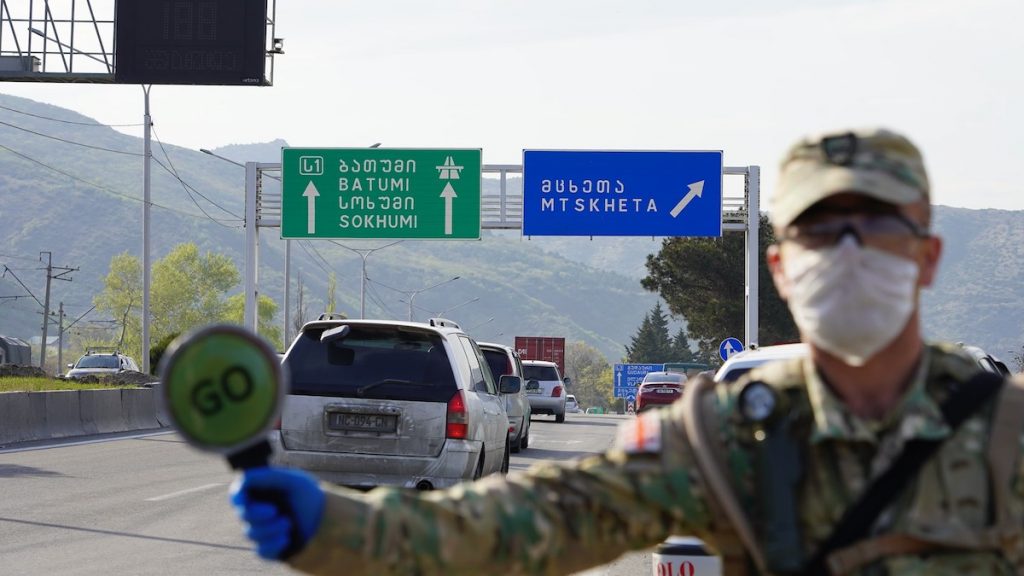
This lab is where PCR testing for coronavirus is being carried out. The preparedness of the modern lab played a crucial role in prolonging the containment stage of the epidemic.
Laboratory staff work 24 hours a day, in three shifts. Receiving and processing a sample takes only 4-5 hours, and the result is extremely accurate, with practically no chance of error.
“Georgia is a leader in terms of response, and I think that Georgians should be very proud of the fact that the Center for Disease Control and the Lugar Laboratory have been successful in making public health one of the top priorities. This is very impressive,” said Kelly Degnan, US ambassador to Georgia, on March 5.
Testing is the main subject of criticism
The most heated discussion unfolding in the country is about testing.
Now that the number of cases is growing, the opposition is accusing the government of delaying the introduction of rapid-result tests, saying that the number of infected people is much higher than reported.
Compared with its neighbors, as well as with other European countries, few people are actually being tested in Georgia. For example, data from April 8 shows that a total of 3271 tests have been carried out in Georgia, which is 820 tests per million people (for comparison, 1840 tests per million people have been carried out in Armenia, 5257 in Azerbaijan).
Tengiz Tsertsvadze, director of the Infectious Diseases Hospital, says that until now, testing in Georgia has been carried out in small quantities, but according to a targeted formula.
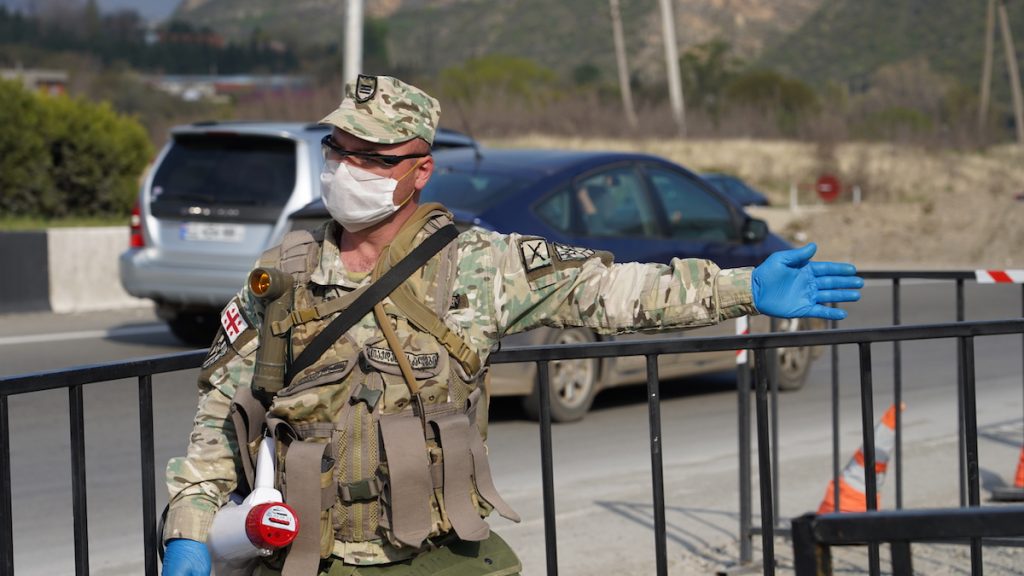
On April 9, a new formula for testing was approved in Georgia.
Previously, testing was carried out only for patients with symptoms who had been abroad or had contact with those returning from abroad. Now the number people being tested will increase significantly.
Along with patients with symptoms and travel history, those who were in prisons are included on this list, as well as staff and occupants of nursing homes; members of the armed forces; patients in psychiatric institutions; clergy members in monasteries; and employees at clinics with a large flow of patients. All of them will undergo rapid antibody tests.
“No one is under the illusion that we have exactly the number of cases that are being reported. It’s just that we’re not talking about numbers in the thousands, as some are saying. However, there are probably several hundred (unregistered) cases,” says infectious disease specialist Maya Butsashvili.
Peak predictions
Various forecasts state that the peak in Georgia is expected in late April or early May.
Amiran Gamkrelidze, head of the National Center for Disease Control (NCDC), says that the Ministry of Health is considering three possible scenarios for the spread of the virus.
Gamkrelidze considers this scenario the most realistic:
“By the end of April, between 1,000 and 1,200 people will be infected. Of course, the number of recoveries will also increase. We do not want to see an exponential increase, and therefore we ask you to follow the recommendations. The main recommendation is to maintain social distance.”
Gamkrelidze did not outline the details of two other scenarios.
Minister of Health Ekaterina Tikaradze says that in the worst case scenario, Georgia will have about 400 patients in serious condition.
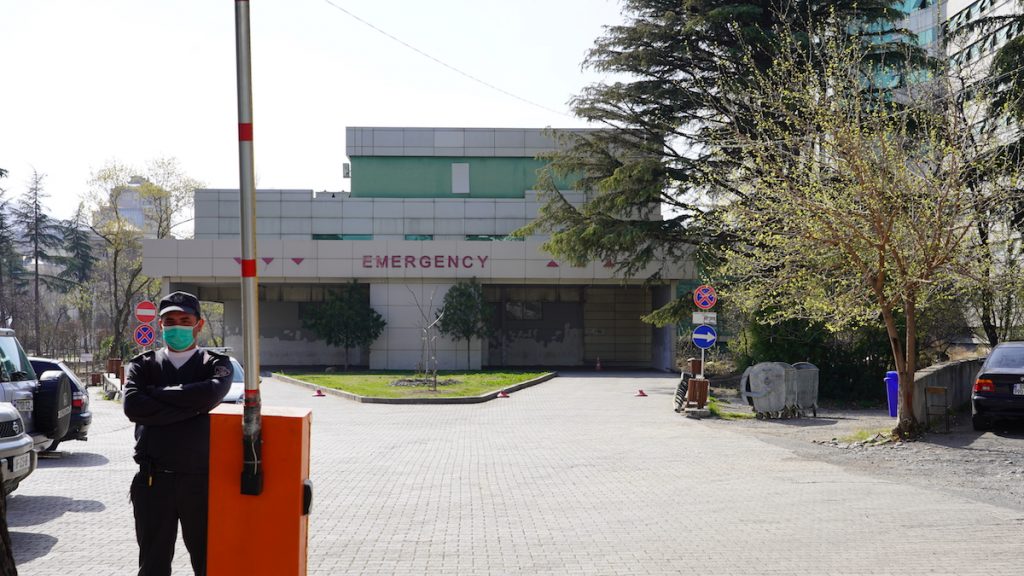
To cope with the expected influx of patients, about 40 so-called “fever centers” will be created – people with high fevers should go there, and not to any other clinic. Fever centers are normal district clinics which are being outfitted with a special area for people with high temperatures, which will be sectioned off in order to prevent this influx of patients from interfering with other patients in the hospital.
As for large clinics where people infected with coronavirus are being treated, there are 20 of them throughout Georgia – in Tbilisi, Kutaisi, Batumi, Gori and Zugdidi.
In total, the country has about 15 thousand hospital beds and 2 thousand ventilators.
The Minister of Health states that at this stage, the country can treat up to 3500 moderate and severe patients at a time in clinics, and more than 5 thousand in the quarantine zone.
The peak plan is as follows: patients with mild symptoms will stay at home for as long as possible. And if the patient in the house does not have a separate room to isolate himself, if there is no other breadwinner or guardian, or if family members are at risk, the patient will be transferred to the quarantine zone.
A protocol for home treatment has already been developed for patients with mild symptoms. Their treatment will be in the hands of family doctors, and the patients themselves.
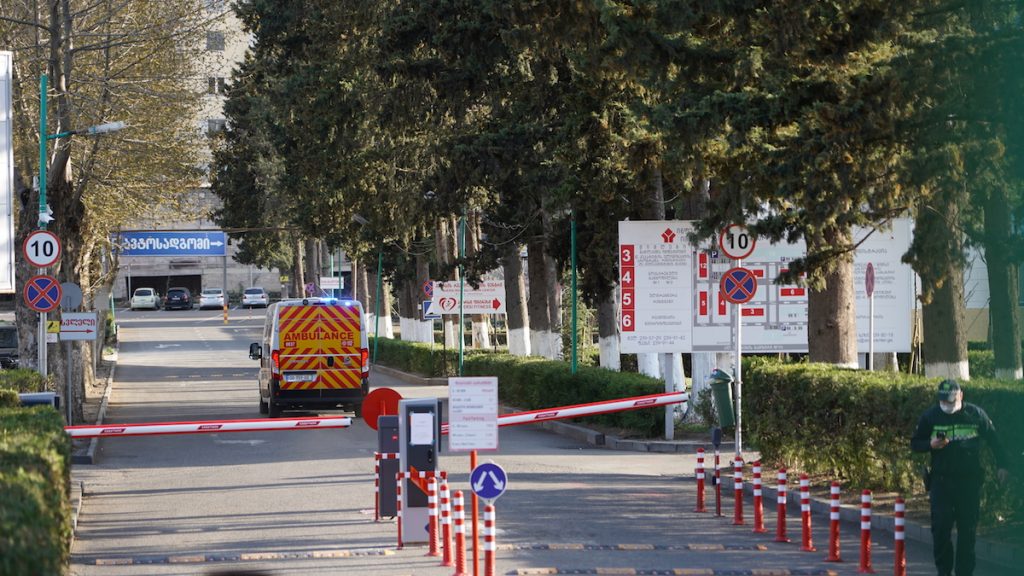
At the same time, authorities warn that health care opportunities are limited – on April 15, the Minister of Health announced that the country has a deficit of specialists. In particular, the 488 available resuscitation specialists can simultaneously take care of 1200 patients, and the 256 infectious disease specialists can tend to about 850. The minister states that if the number of cases starts growing by 400-500 a day, the system will become overloaded.
“The hospital sector is basically ready, and I hope that we won’t have such a large influx of patients, and that the number of beds we have available will be sufficient,” says infectious disease specialist Maya Butsashvili.
She also considers it important to properly communicate with the population, which must be mentally prepared for the growing number of cases.
Is the church the main risk group?
After the state of emergency was declared, the government drastically reduced internal migration. Order has more or less been established in grocery stores, and in many other places, the number of people, the distance between them and sanitary measures are strictly controlled.
The only institution that the state could not force, through negotiations or warnings, to abide by the state of emergency rules was the church.
To this day, not only do Georgian churches continue to hold services, but believers receive communion from shared dishes and utensils.
On April 19, Orthodox Christians in Georgia celebrated Easter. The country’s authorities agreed to allow the church to hold services, but only in large churches, and only as long as they heeded social distancing rules and curfew.
Despite the fact that public transport was not running on Easter day and travel by car was prohibited during the holiday, and even despite the warnings of infectious disease specialists about the dangers of such gatherings and a possible outbreak of infection, quite a few believers attended church, although in most cases they tried to observe social distancing rules.














